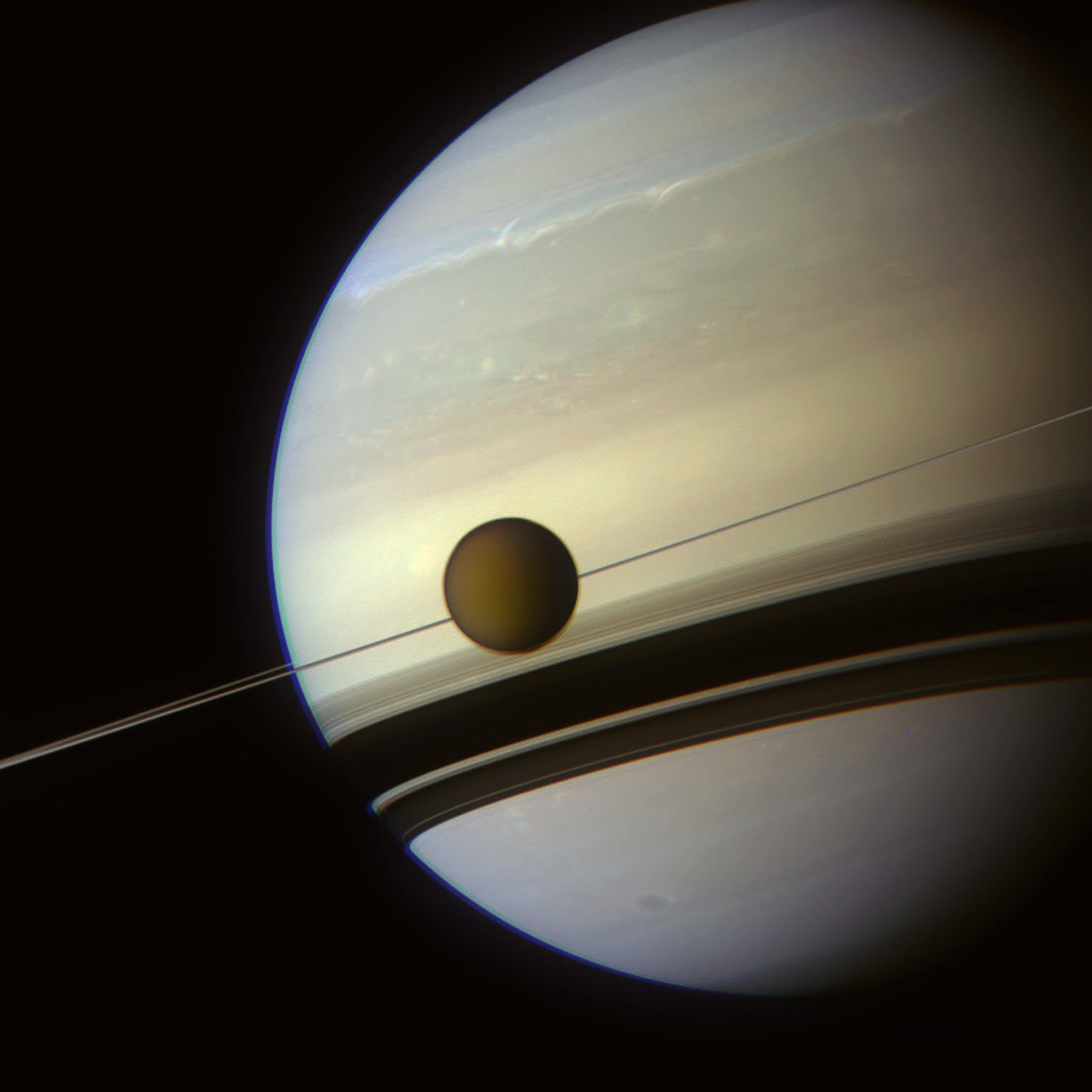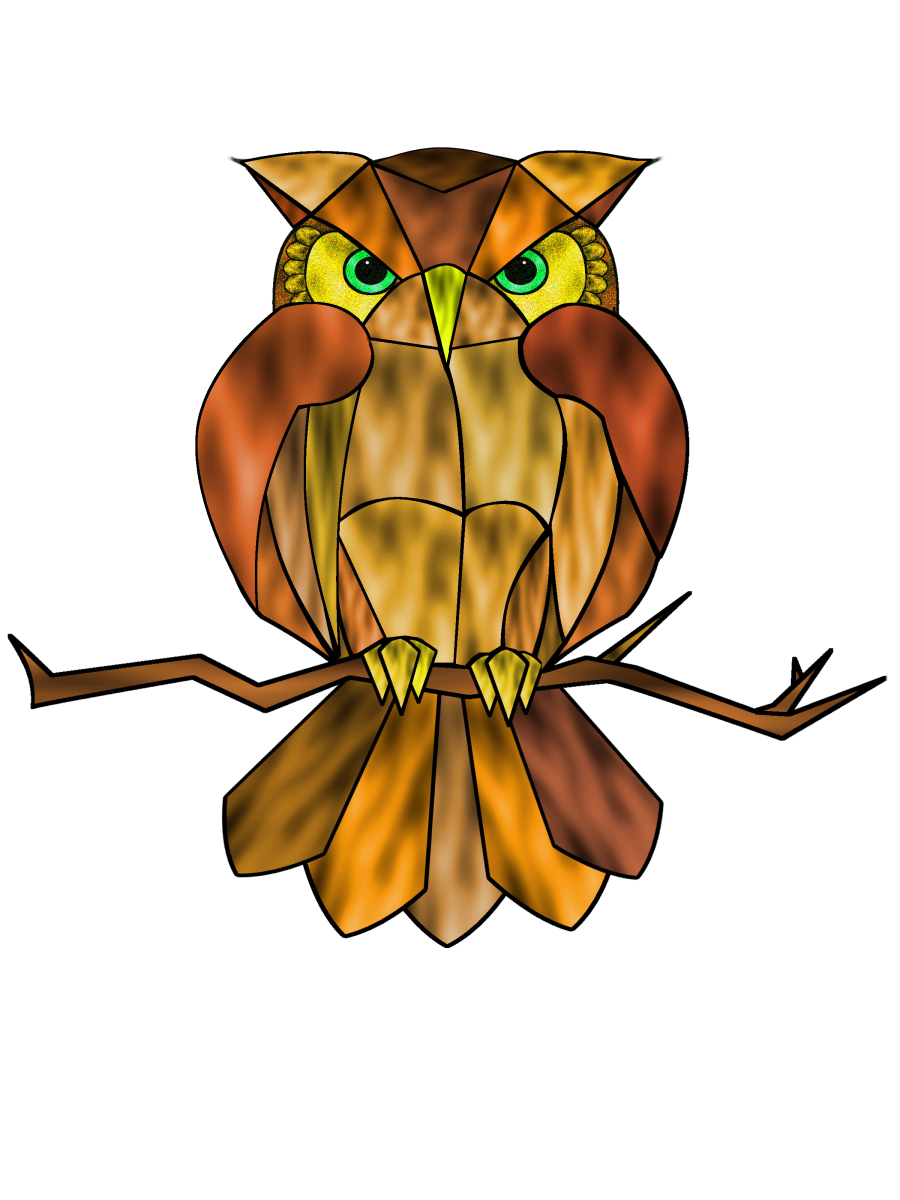- HubPages»
- Books, Literature, and Writing»
- Commercial & Creative Writing»
- Creative Writing
How Planet Ogio Came to Be
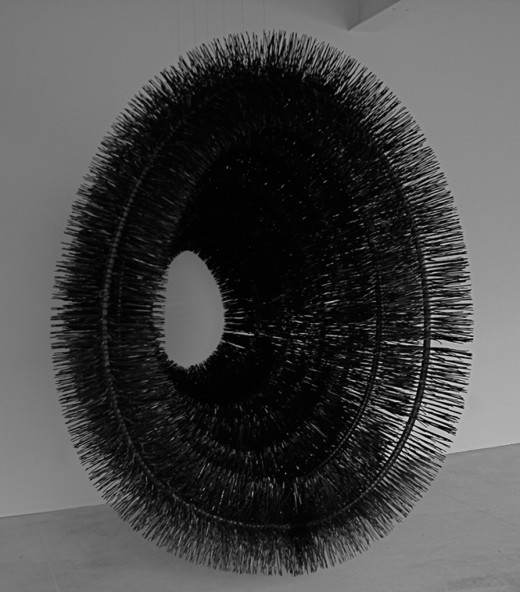
Before time began, there was only an empty void. Because there was nothing inside the void to hold it open, the boundaries of the void were unstable. Thus, the void spasmodically expanded and collapsed like a dying lung. This activity produced swirling, violent hurricane winds inside the void.
The void winds gradually increased in strength, causing the void to fluctuate even more wildly. Then the void began to beat rapidly and rhythmically, like a heart. These rhythmic expansions and contractions caused the first moments of time to occur.
Eventually, the void winds grew so intense that the void itself ripped apart and the progression of time halted. From the fissure, a shell of a dream emerged out of the ether. Consciousness had not yet sprung into existence, so the dream was as empty and hollow as the void itself. Because the normal progression of time was stopped, the empty dream became physical matter and froze into a giant hollow sphere.
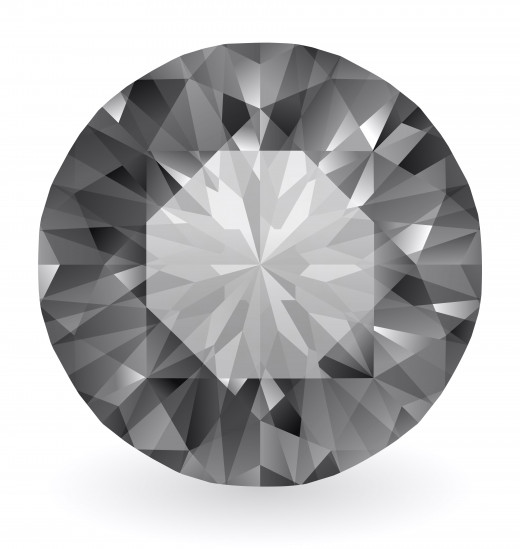
At first, the frozen dream looked like a crystal. The size of the dream crystal was so huge that it blocked the void winds that swirled around it and reduced their strength. The motion of the frozen dream moving slowly through the void caused the progression of time to restart, and the dream shell began to melt.
The crystallized, empty dream continued to float around in the nothingness like an ice cube for innumerable eons.
The melting dream oozed fluid for several billion years, and the fluid warped its surface until the crystal collapsed and became a slab. At the end of this period, the dream was only three miles thick, but it was trillions of miles long. As ages passed, the fluid from fissures in the dream slab continued to erode its surface until it was completely polished on one side, like a mirror.
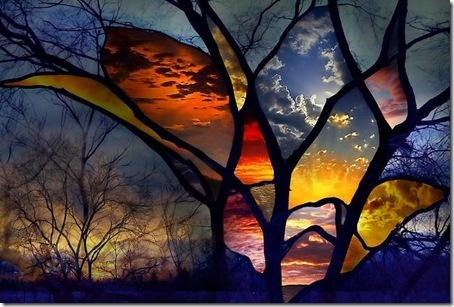
In the next age, the dream slab continued to melt and the boundaries of the void began to collapse and expand again. Void winds began to blow across the surface of the dream and dry and harden the fluid, which turned into many different colors. Finally, the dream slab became thin and translucent, like stained glass. Patterns of erosion caused by melting and void winds caused fantastic images of strange creatures to spontaneously appear on the colorful surface of the dream glass. Thus, two dimensional reality came into being.
All that was and all that will ever be is written on the surface of the stained glass, which is also known as the Glass of Fate.
The coldness of the empty black night caused the creatures depicted on the Glass of Fate to come alive and begin to shiver. The most turbulent vibrations occurred on the leftmost side of the glass, which contained the largest creatures. The largest of all the creatures was an enormous hairy beast named Ogo. Ogo’s many shivering limbs rattled the glass and caused it to begin to break into fragments and tumble down. The action of the Glass of Fate breaking apart and tumbling through the void is what we experience as the passing of time.
As the Glass of Fate broke apart, the flat two dimensional creatures depicted on the Glass of Fate emerged into the third dimension. The colors contained in the stained glass heated up and melted into three primary elements: fire, water and sky.
The large, shivering creatures born from the first fragments of the shattered dream glass were the first creatures that ever lived. Unfortunately, few of them survived for very long.
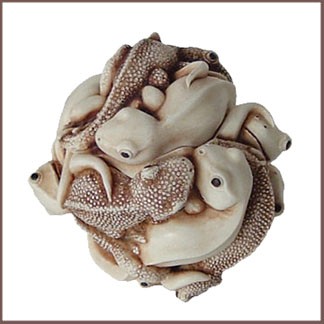
The early universe was a very cold place filled with millions of large, strange, quivering creatures who were constantly being tossed around in the void. Often, the creatures were ripped apart by terrible void winds. The creatures who survived these early ages were forced to huddle together in one giant ball for warmth and to avoid being dismembered.
Ogo, the largest beast of them all, had large tufts of fur all over his body that insulated him against the cold. Ogo might have provided enough warmth and stability to allow all of the creatures to survive and live on his body, but he was pushed away from his brothers and sisters by a massive void storm.
Ogo orbited his huddled brothers and sisters and cried as he watched them die. He could do nothing to help them because he was trapped inside of an ice sphere. The animals began to try to eat each other to gain warmth and sustenance. Because the creatures that formed Ogio clawed and ate each other to survive and obtain warmth and energy, all creatures continue to do so today.
Ogo’s tears leaked out of the ice and were absorbed by the shuddering mass of dying creatures, forming clouds.
Even though they were protected to some degree by clouds, the first generation of creatures perished in the freezing, endless night. The gigantic, hairless lizards that formed the outer portion of the huddled ball of creatures were the first to die, because they were the most susceptible to the icy conditions and the stinging void winds. When the giant lizards died and became corpses, smaller creatures lived and swam around inside of their decaying bodies and became fish. The salty tears and blue blood of the dead lizards formed the vast oceans and seas we know today.
The universe began to get warmer as the Glass of Fate continued to shatter and melt into the void. Ogo’s ice shell eventually cracked open and he was able to pry it apart and escape. Immediately, Ogo dived deep into the sea and used all seven of his hands to dig up the bones of his reptilian brothers and carry them back up to the surface. Ogo then tried to revive the lizards with magic, but he failed because they had perished so long ago.
The magic that Ogo used on the lizard skeletons caused tiny maggots to spring to life inside the lizard’s bones. When Ogo noticed that the bones of his brothers were beginning to decay, he was overcome with grief and loneliness.Ogo looked around and saw that many creatures on Ogio were still miserable, shivering and struggling to survive. It was then that Ogo resolved to end their suffering and bring warmth and sunlight to Ogio forever.
With a mighty roar, Ogo jumped into the sky, curled into a ball and lit himself on fire. Ogo’s burning corpse became the sun, and Ogo’s discarded icy shell became the moon. The warmth from the sun made it possible for creatures to emerge from the sea and live on the seven skeletons that Ogo unearthed from the depths of the ocean. Over many ages, these bones accumulated dirt and turned into continents.
After the maggots that lived inside of the skeleton of the lizard consumed all of the marrow in the bones, they chewed their way to the surface. Over time, the maggots grew larger. Then, they grew legs and were able to walk. Then they grew arms, hands, feet, faces and eyes and became human.
Human beings are always trying to dominate and control nature because our ancient ancestors were maggots. Today, flies buzz around our faces to keep us humble and to remind us of our ancient past.

